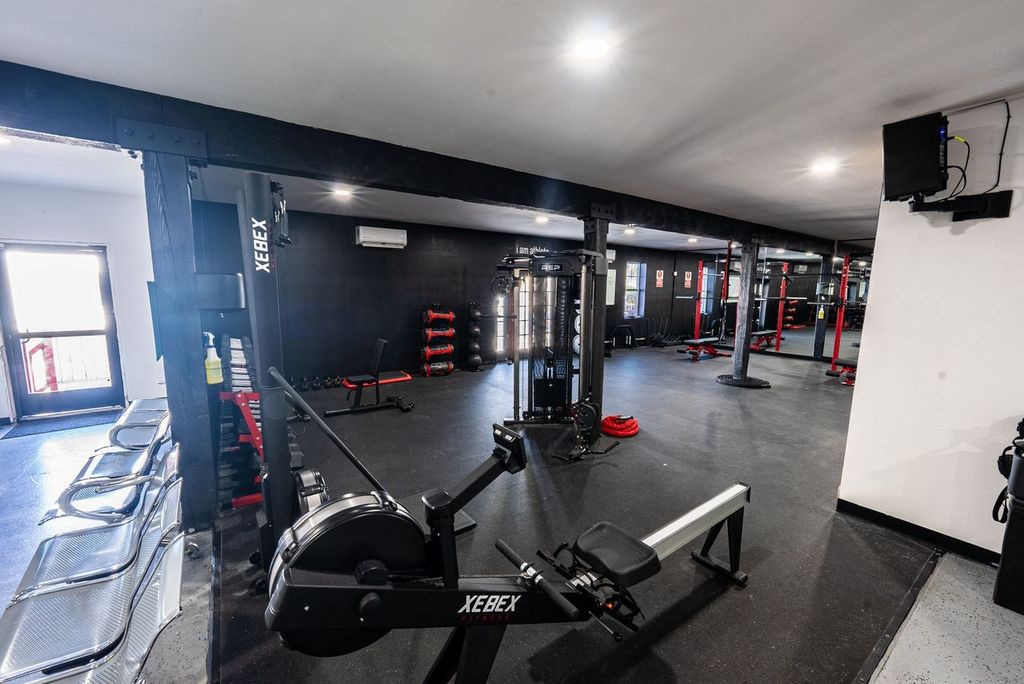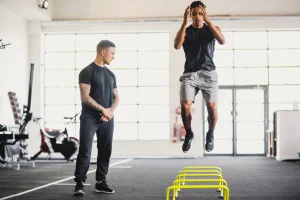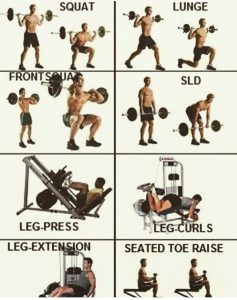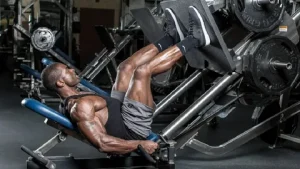Riverside Athletics Facility is more than just a gym; it’s a modern sports training hub designed for athletes looking to advance their baseball skills. Our comprehensive training programs cater to a wide range of athletes, from young beginners to seasoned professionals. With a focus on youth baseball training, we provide professional-grade pitch lanes and a structured environment that encourages development, growth, and excellence in the sport.
Why Choose Riverside Athletics Facility for Baseball Training?
At Riverside Athletics Facility, we understand the unique demands of the sport and are dedicated to providing the best possible training environment. Our facility offers:
- State-of-the-art Pitch Lanes for Youth Baseball Training: We provide well-maintained pitch lanes designed to enhance the skills of pitchers. Each lane is equipped with professional-grade equipment that simulates real-game scenarios, allowing players to hone their pitching techniques with precision.
- Youth Baseball Strength Training Program: Strength is a critical component of a baseball player’s skill set. Our youth strength training programs are tailored to improve power, agility, and overall body control, enabling athletes to perform at their peak for baseball strength.
- Flexibility in Scheduling: We understand that each athlete’s schedule is different. Our training sessions are offered at various times throughout the day, making it easier for players to incorporate regular practice into their busy lives.
Comprehensive Baseball Training Programs
Riverside Athletics Facility’s baseball training center provides a range of programs that cater to different skill levels and ages. Whether you’re a parent looking to enroll your child in a youth baseball training program or an athlete looking for specialized training, we have options that suit your needs.
Youth Baseball Training: Building a Strong Foundation
Youth training at Riverside Athletics Facility is designed to focus on foundational skills that are essential for young players. Our coaches employ proven training techniques that help build confidence and competency in hitting, fielding, pitching, and base running.
Our youth baseball training programs emphasize:
- Fundamental Skill Development: Each session is structured to teach the core techniques of baseball. From proper batting stance to efficient fielding methods, our training ensures that players understand the mechanics behind each movement.
- Strength and Conditioning: Our specialized youth baseball strength training program focuses on building physical strength and stamina. By incorporating exercises that are specific to the sport, young athletes develop better endurance and power for baseball strength.
- Cognitive Development: We train players to think strategically, improve their situational awareness, and make quick decisions on the field, giving them a competitive edge during games.
Advanced Training Programs: Taking Performance to the Next Level
For those looking to further refine their skills, Riverside Athletics Facility offers advanced training programs that challenge players to push their limits. These programs include:
- Pitch Lanes for Youth Baseball Training: Our pitch lanes are specifically designed to aid in developing precise pitching skills. Each lane provides the right environment for pitchers to work on control, velocity, and pitch selection.
- Strength and Conditioning Programs: As players progress through our training system, we introduce more rigorous strength and conditioning routines. This ensures that they are not only getting stronger but are also enhancing their mobility and reducing the risk of injuries.
- Personalized Coaching Sessions: Every player’s strengths and weaknesses are unique. We offer one-on-one coaching sessions that allow our trainers to provide personalized guidance, ensuring that each player’s specific needs are addressed.
Pitch Lanes for Youth Baseball Training: A Unique Advantage
One of the standout features of Riverside Athletics Facility is our dedicated pitch lanes for youth baseball training. These lanes simulate a real-game environment, allowing pitchers to practice under realistic conditions. Our lanes are equipped with the latest technology, including radar guns and video analysis tools, to monitor performance and provide immediate feedback.
Key benefits of our pitch lanes include:
- Enhanced Accuracy: By practicing in a controlled environment, pitchers can focus on improving their control and accuracy without the distractions of a full game.
- Increased Confidence: With every session in our pitch lanes, players gain more confidence in their abilities, making them more effective during real-game situations.
- Performance Tracking: Using advanced tracking tools, our coaches can provide detailed reports on each player’s progress, helping them identify areas for improvement.
Flexibility in Scheduling: Making Training Accessible for All
We understand that athletes have busy lives outside of training, which is why we offer flexibility in scheduling. Our training sessions are available at multiple times throughout the day, ensuring that every athlete has the opportunity to train without disrupting their daily routine.
- Evening and Weekend Sessions: For those who have commitments during regular business hours, we offer evening and weekend sessions to accommodate their schedules.
- Personalized Scheduling: For players with specific time constraints, we offer personalized scheduling options, making it easier to get the training they need when they need it.
Our Commitment to Youth Baseball Training Excellence
At Riverside Athletics Facility, we are passionate about fostering the next generation of baseball stars. Our youth baseball training programs are designed to provide a well-rounded experience that prepares young athletes for the challenges they will face in competitive play.
We believe that a successful athlete is not just one who excels on the field, but one who possesses the discipline, resilience, and sportsmanship that baseball requires. Our programs focus on developing these attributes, creating players who are not only skilled but also mentally prepared for the game.
Join Riverside Athletics Facility Today
Whether you’re a young player looking to start your baseball journey or an experienced athlete aiming to refine your skills, Riverside Athletics Facility is the place to be. Our state-of-the-art training center, professional-grade pitch lanes, and expert coaching staff are dedicated to helping you achieve your goals.
























